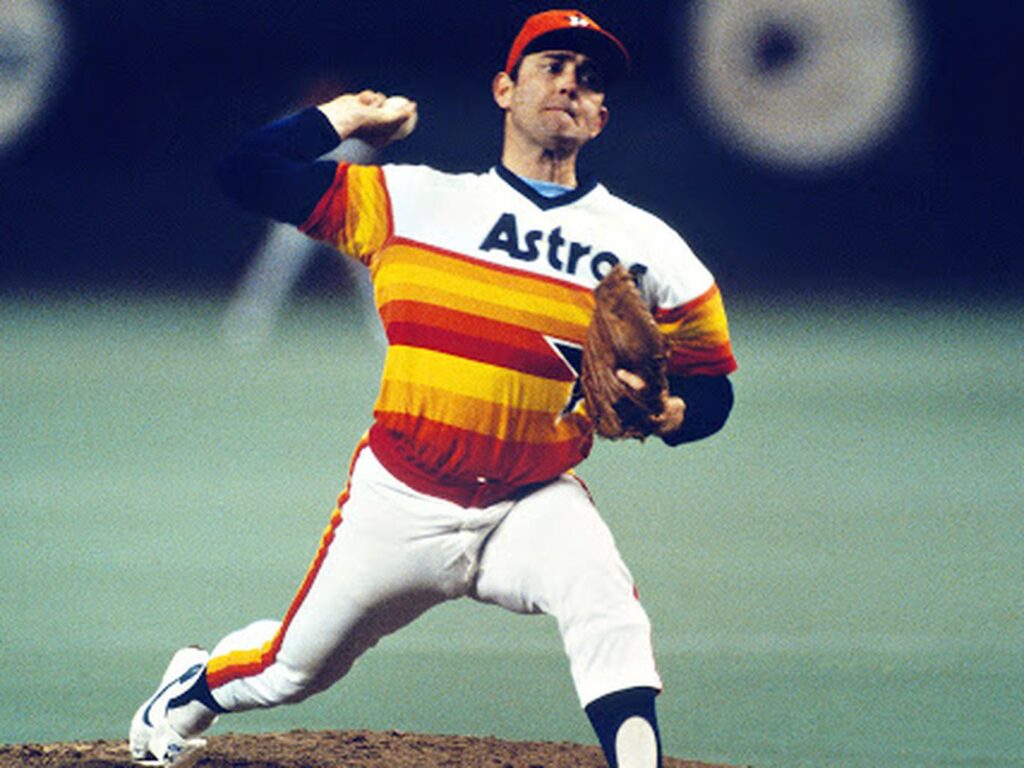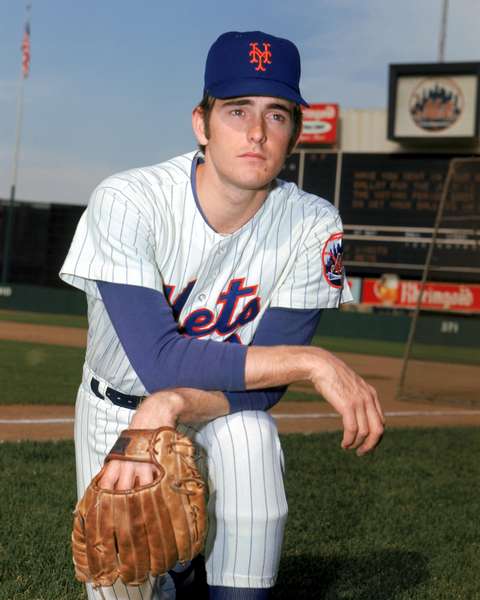Nolan Ryan: All-Time Great or Overrated Stat Compiler?
Nolan Ryan is often celebrated by some as one of the greatest pitchers in baseball history, largely due to his extraordinary career longevity, record-setting strikeouts, and seven no-hitters. However, other baseball analysts and fans debate his status as an all-time great pitcher, pointing to several key factors that might detract from his worthiness of high praise. Let’s explore these factors to understand why Nolan Ryan might not be universally regarded as an all-time great pitcher.
1. Win-Loss Record
Ryan’s career win-loss record stands at 324-292, which, while impressive in terms of total wins, reflects a relatively high number of losses. The victory total also reflects that he pitched for 27 seasons, meaning his average season record was just 14-13. The .526 winning percentage is not as dominant as other legendary pitchers, and his record suggests that despite his individual brilliance, his teams did not always convert his performances into victories. In comparison, pitchers like Sandy Koufax, Whitey Ford, Jim Palmer, and Bob Gibson have much higher winning percentages, indicating more consistent success in leading their teams to wins.
Over the last two decades the importance of individual win-loss records for pitchers has been downgraded, but that was not the case during the era in which Ryan pitched. Like most pitchers from the 1970s, Ryan was expected to both start and finish a large portion of his starts. Ryan registered 222 career complete games, including 156 in an eight year stretch between 1972 and 1979.
2. Control Issues
One of the most significant critiques of Ryan’s career is his control issues. He holds the MLB record for career walks with 2,795, a reflection of his frequent struggles with command. By comparison, Steve Carlton is second all-time with 1,833 career base on balls allowed. This high walk total often put him in difficult situations, leading to increased pitch counts and shorter outings. While his overpowering fastball helped him get out of many jams, the walks limited his efficiency and effectiveness.
3. Lack of Cy Young Awards
Despite his longevity and dominance in certain aspects of pitching, Ryan never won a Cy Young Award, the honor given to the best pitchers in the league. This absence is often cited as a significant gap in his accolades, especially when compared to contemporaries like Tom Seaver, Steve Carlton, and Jim Palmer, who each won multiple Cy Young Awards. Ryan finished in the top three of the Cy Young voting only three times in his career and received votes only eight times in 27 seasons, suggesting that while he was excellent, he was rarely seen as the very best in any single season.
4. ERA and ERA+
Ryan’s career Earned Run Average (ERA) of 3.19 is excellent but not among the very best when compared to other all-time greats, especially from the era in which he pitched. Additionally, his ERA+ (Adjusted ERA, which adjusts for league and ballpark factors) is 112, meaning he was 12% better than the average pitcher over his career. While this is impressive, it is not on the same level as pitchers like Pedro Martinez (154), Sandy Koufax (131), or Greg Maddux (132), who demonstrated more consistent dominance relative to their peers.
5. Inconsistent Performance
Ryan’s performance was often marked by periods of inconsistency. He could be unhittable on some days, throwing no-hitters and racking up strikeouts, but on other days, his control issues and susceptibility to walks would lead to less effective outings. This inconsistency is reflected in his relatively high number of losses and his ERA, which, while very good, was not consistently among the very best in the league year after year.
6. Team Success and Playoffs
Those who champion Ryan like to say that he played on primarily bad teams. However, that is not necessarily true. In fact, the overall winning percentage for the teams in which Ryan played is actually higher than that for which Tom Seaver (311-205, 60.3% winning percentage) played.
During his career, Ryan’s teams made the postseason five times. While he had some notable playoff performances, his overall postseason record was about average. He posted a 2-2 record with a 3.07 ERA in 9 starts and 3 relief appearances, solid numbers but not the dominant playoff performances seen from pitchers like Bob Gibson, Madison Bumgarner, or Curt Schilling. His teams often struggled in the postseason, and his individual performances, while good, did not elevate his teams to championship success frequently.
7. The Strikeout Paradox
Ryan’s legendary strikeout numbers are both a testament to his dominance and a potential critique. His record 5,714 career strikeouts are unparalleled, but his reliance on strikeouts often led to higher pitch counts and shorter outings. In an era where efficiency and complete games were highly valued, Ryan’s tendency to accumulate high pitch counts could be seen as a detriment. While strikeouts are an effective way to get outs, they are also taxing and can lead to earlier exits from games.
Bottom Line
Nolan Ryan’s career is a study in contrasts. His raw talent, longevity, and record-setting achievements make him a towering figure in baseball history. However, his control issues, relatively high number of losses, lack of Cy Young Awards, and occasional inconsistency provide a nuanced view of his career. While he is undoubtedly one of the most memorable and unique pitchers ever, these factors contribute to the debate about his status as an all-time great.
In summary, Nolan Ryan’s place in baseball history is secure, but his legacy is complex. He may not have been the most consistently dominant pitcher of his era, but his impact on the game and his unforgettable moments on the mound ensure that to some he remains a beloved and iconic figure in the sport.

